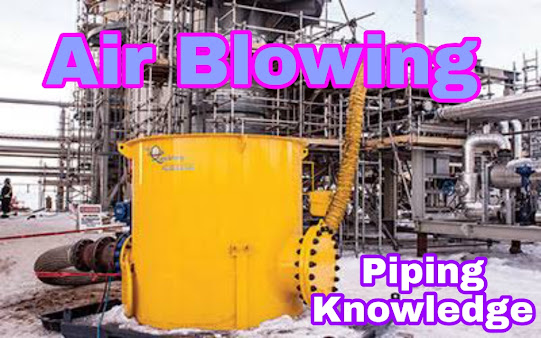Motor Operated valve (MOV)
Motor Operated Valves
Motor Operated Valve (MOV) is one of the most important items in process and piping system. These valves are generally of large size and are used in different conditions. Motor operated valves can be of various types e.g. Gate/ Ball/ Butterfly etc. with electric motor operated actuator for control.
INDEX:-
1. What is Motor Operated Valve?
2. Application of Motor Operated Valve?
3. Types of Motor Operated Valves?
4. Operation OF MOV.
5. Major Difference Between Control Valve and Motor Operated Valve?
6. Basic details of Close loop system or Open loop system
1. What is Motor Operated Valve?
- Motor Operated Valves are sometimes called as On-Off valves as the motors serve the purpose of fully opening or fully closing valves in pipelines.
- For example, cooling water lines, process pipelines where regulation of fluid is not required, motor operated valves can be used to fully allow or fully stop the fluid flow.
- MOV are generally of large size and are use different application such as Pump discharge e.t.c.
- MOV are not use for Throttling purpose.
2. Application of Motor Operated Valve?
- Whenever frequent operation is required Valves located in remote, inaccessible or hazardous places.
- Motorised control valve / Motor operated valves are usually for full open and full close applications.
- However there are places where they are used for position control as well.
- In general, the MOV is used as isolation valves for equipment which requires regular access.
- The MOV is also used on any valve that the total energy required to open or close the valve manually is large.
- No specific reason regarding why MOV is used except from ease of operation point of view.
- MOV application ON-OFF valve.
3. Types of Motor Operated Valves?
MOV can be classified into three types.
1. Open /Close Valve .
2. Inching Valve .
3. Precision Valve .
Open /Close Valve
- Open or close valve are used to automate manual open close valves Examples include, pump discharge / suction valves, boiler feed water isolation valves, drum vent valves, product line valves etc.
Inching Valve .
- Inching valves used were some degree of control.
- Example a gradual opening and closing is required, applications include, reflux lines, boiler start up vent, boiler IBD valves, boiler main steam valves etc.
- IBD valve means
(The Intermittent Blow-Down Valve is mostly a quick opening valve, utilizing spring aided levers.)
Precision Flow Valve .
- Precision flow valves - this is a precision inching valve, in inching valve the motor operates in steps configured in the controller, e.g. 5%, 10% opening steps.
- In precision flow valves, a continuous control is enabled by the use of proper feedback from the field to the controller which is not usually found in other motor operated valves.
- An example is steam injection valve / water injection valves used in GT for Nox control.
Some Examples of MOV
1. Motor Operated Gate valve
2. Motor Operated Butterfly Valve
3. Motor Operated Ball Valve .
- The MOV consist of electric motor Actuator, Gear box and Valve stem.
- First of all Motor is rotated by applied on AC voltage.
- The motor rotation then transfer through gear mechanism to the output thrust part.
- Gear mechanism in the gear box to rotate the valve stem.
5. Major Difference Between Control Valve and Motor Operated Valve?
Some basic difference
1. Control valve have a faster response as compare to MOV.
2. Control valves usually have an analog control element, while the motorised operated valves have a digital control element.
3.Control valve usually are used in closed loop control, while motorised valves are predominantly open loop (with the exception of precision flow control valves).
4. Control valves can be used for any type of control, pressure control, flow control, temperature control etc while motorised valves are usually (if not always) used for flow control.
5. Control valves are used for precision control. However motorised valves are not usually used for precision control.
Close loop system A closed loop control system is a mechanical or electronic device that automatically regulates a system to maintain a desired state or set point without human interaction. It uses a feedback system or sensor.
Open loop system An open-loop system is a type of control system in which the output of the system depends on the input but the input or the controller is independent of the output of the system. These systems do not contain any feedback loop and thus are also known as non-feedback system.
Thanks For Visit Active Piping Knowledge Blog.
Afzal.






Comments
Post a Comment